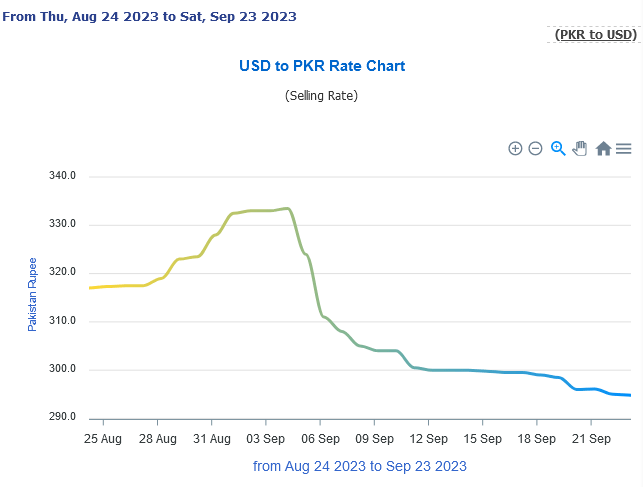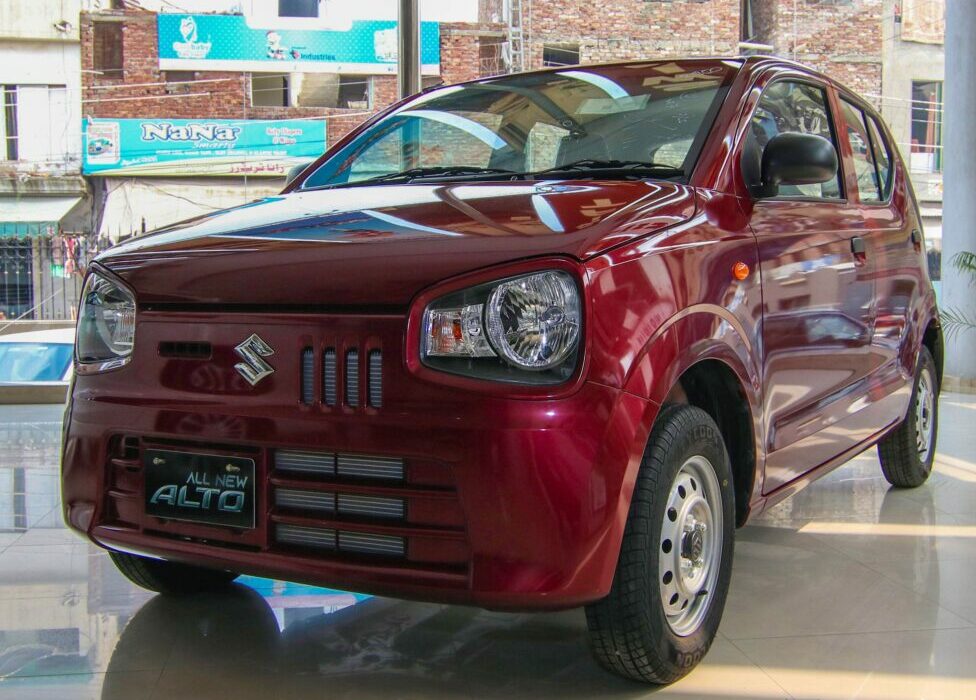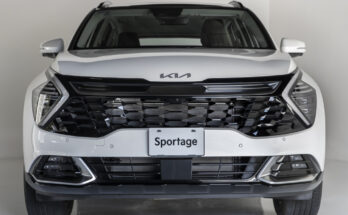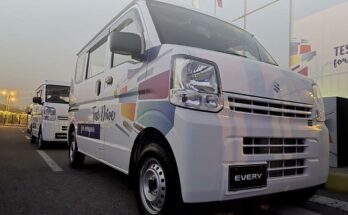Local auto assemblers seem hesitant to pass on the benefit of the currency appreciation to the consumers, despite the Rupee strengthening against the US Dollar and the government’s plan to lower the dollar rate to Rs 250-260 soon.
According to Dawn, when it contacted automakers to inquire about the possibility of a price drop in locally assembled vehicles, their immediate response was “No.”
Related: PKR Recovers Against US Dollar- Will Car Prices Come Down?
Consumers noticed a significant increase in prices during the 16-month PDM regime, which the assemblers claim was caused by higher landed costs of imported parts and accessories due to the rupee’s depreciation against the dollar, as well as rising overhead costs like higher gas and electricity prices.

Although customers have not yet noticed any advantages, the rupee’s rise in the interbank market must have reduced or at least lessened the impact of the rising price of imported parts. The dollar peaked on September 5 at nearly Rs 333.5 while it is currently trading at around Rs 291.76, meaning that the Dollar has declined by 12% since witnessing its peak.
Assemblers have in the past shocked consumers with instant & very frequent price increases as a result of the rupee’s collapse, even shutting down assembly operations since it was difficult to acquire letters of credit and there wasn’t enough stock of imported parts. But now when the Dollar is coming down, there is no reduction in prices in sight.
Related: Used Car Imports Once Again Becomes the Easiest Target
According to Dawn, a top executive from the Indus Motor Company (IMC) responded “no” when asked about the possibility of future vehicle price reductions without providing any explanations. Representatives from Honda and Kia provided a similar denial. Furthermore, authorized auto dealers for locally assembled vehicles similarly made no mention of a price drop in the face of a challenging economic climate and sharply declining sales from the previous year.
There is no price decrease, according to director Prince DFSK Sohail Usman, as labor, electricity, and other expenditures have all grown significantly. Fixed costs are under pressure due to volume, and many assemblers are spending money on customer incentives to boost volumes. A Lucky Motor representative who wished to remain anonymous said:
“An important factor is that if the assemblers have inventory imports at a higher dollar rate than before it is either sold or new inventory of much cheaper rate reduces average cost so much that the assemblers feel it can pass on price reduction, he said, adding for now increasing energy cost and higher fixed cost per unit due to low volumes is a challenge.”
Local assemblers have previously said car prices are (currently) set at a rupee-dollar parity of Rs 285, so if we take this argument we will have to wait & see if the Rupee recovers to that level. Once it does, assemblers will have no excuse but to bring down the prices. And with the government’s goal to reduce the dollar rate to Rs 250-260 soon, auto customers should see a significant drop in automobile prices, which will almost certainly help boost ailing sales of domestically assembled vehicles.

A computer animation professional with over 23 years of industry experience having served in leading organizations, TV channels & production facilities in Pakistan. An avid car enthusiast and petrolhead with an affection to deliver quality content to help shape opinions. Formerly written for PakWheels as well as major publications including Dawn. Founder of CarSpiritPK.com




